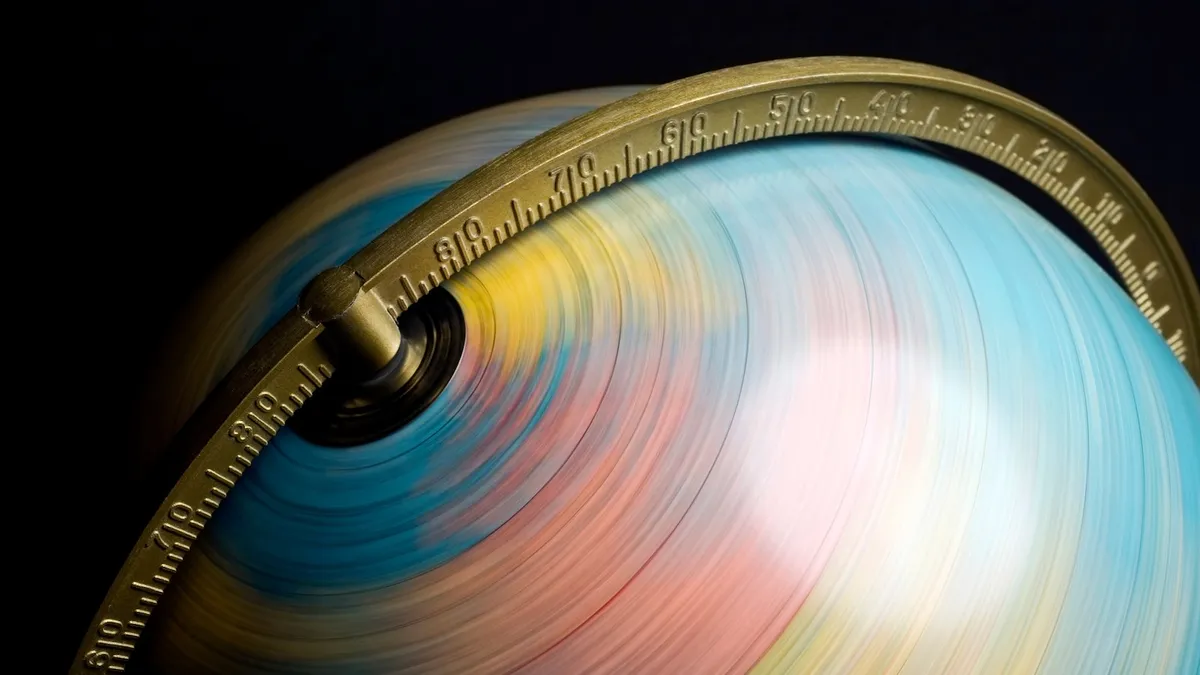
Tuesday, July 22 will mark the second-shortest day of the year, as our planet, Earth, completes a full rotation in less time than the typical 24 hours. On this day, Earth’s rotation will be 1.34 milliseconds shorter than usual, according to Timeanddate.com. This phenomenon is a fascinating aspect of our planet's dynamics that often goes unnoticed.
Traditionally, the shortest day in the Northern Hemisphere is recognized as occurring on December 21 or 22, coinciding with the winter solstice. Conversely, in the Southern Hemisphere, this day falls on July 21 or 22, marking the point at which that hemisphere tilts farthest away from the sun. It's important to note that these dates pertain mainly to the number of daylight hours rather than the actual time it takes for Earth to rotate fully on its axis.
The 1.34-millisecond difference in Tuesday’s rotation is attributed to variations in the gravitational pull between Earth and the moon, which causes Earth to spin more quickly, as explained by the Lunar and Planetary Institute. This phenomenon highlights the intricate relationship between celestial bodies and their effects on our planet.
In recent years, Earth has set multiple records for speed, including on July 5, 2024, when it achieved the shortest day ever recorded—1.66 milliseconds faster than the typical rotation time. This year, July 10 was noted as the shortest day, with a rotation occurring 1.36 milliseconds quicker than normal. Looking ahead, August 5 is anticipated to be the third-shortest day of the year, projected to be 1.25 milliseconds shorter than the usual rotation.
Earth completes one full rotation on its axis approximately every 24 hours, equating to about 86,400 seconds, with slight variations of a millisecond or so. According to Timeanddate.com, prior to 2020, the shortest recorded length of a day was just 1.05 milliseconds shorter than average. If current trends persist, scientists may need to adjust atomic clocks by subtracting a full second, known as a negative leap second, in the near future.
The concept of leap seconds was introduced in the 1970s, as detailed by Time and Date. While there have been numerous instances of positive leap seconds added to keep our clocks in sync, a negative leap second has never been implemented. The International Earth Rotation and Reference Systems Service plays a crucial role in monitoring Earth's rotation and deciding whether to add or subtract seconds from our timekeeping systems.
Looking back to approximately 4.5 billion years ago, Earth spun at a significantly faster rate, with a complete rotation taking only between three to six hours. During the mid-Proterozoic period, around 2.5 billion to 543 million years ago, Earth's rotation had slowed to the point that a day lasted about 19 hours, as highlighted in a 2023 study published in Nature Geoscience. This gradual slowing has led to the current 24-hour day length, largely due to the moon's gravitational pull, which siphons energy from Earth's spin and contributes to tidal friction, according to the Lunar and Planetary Institute.